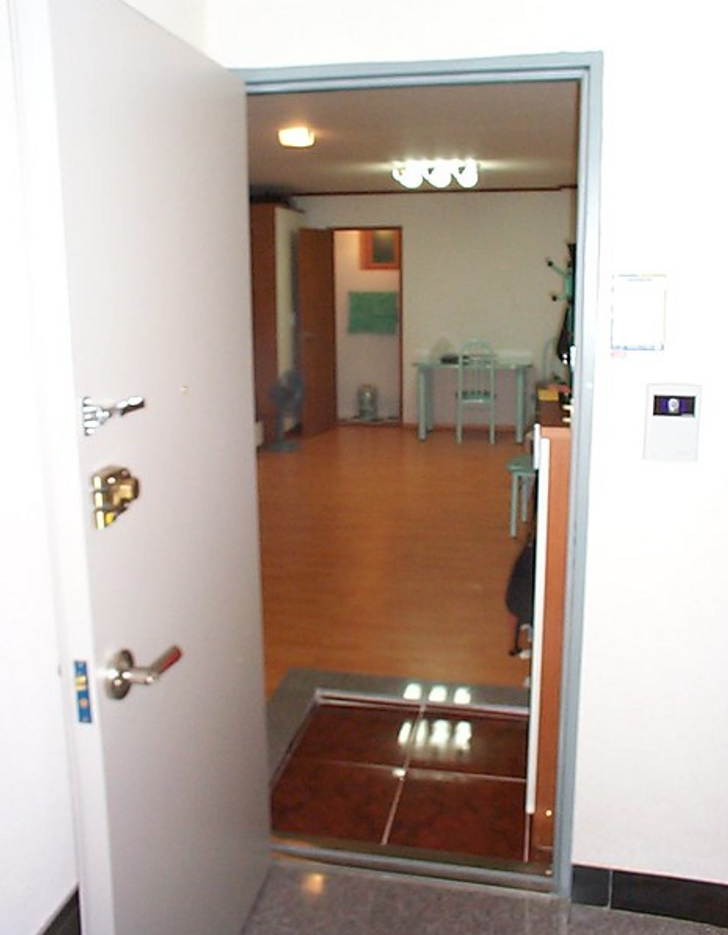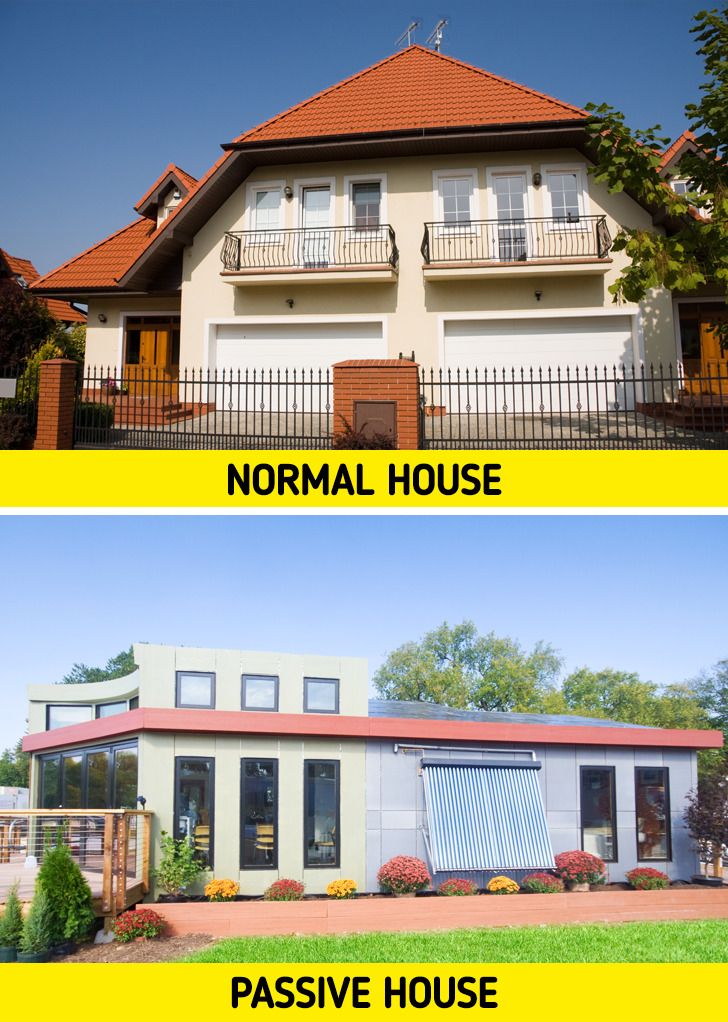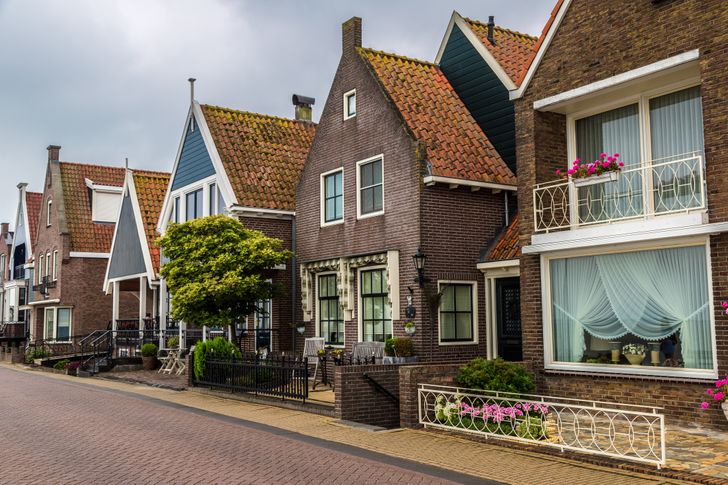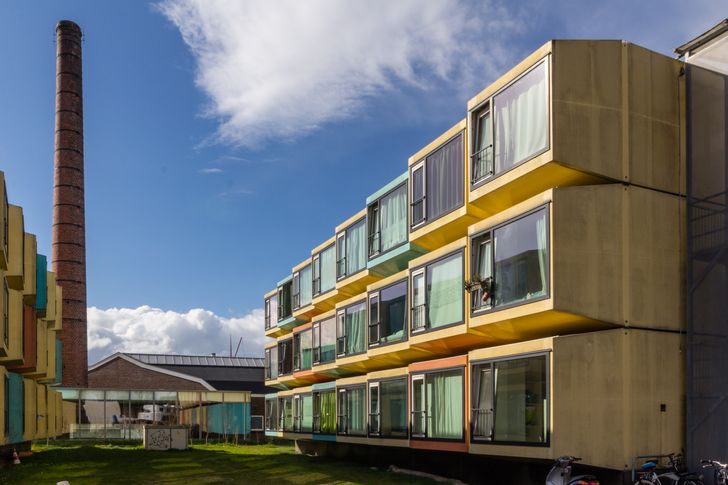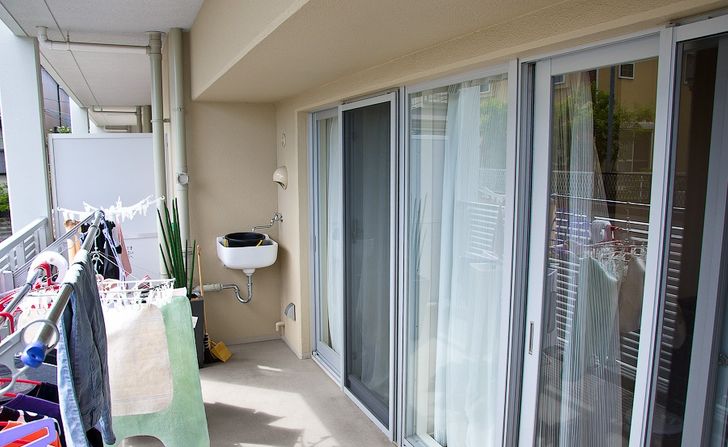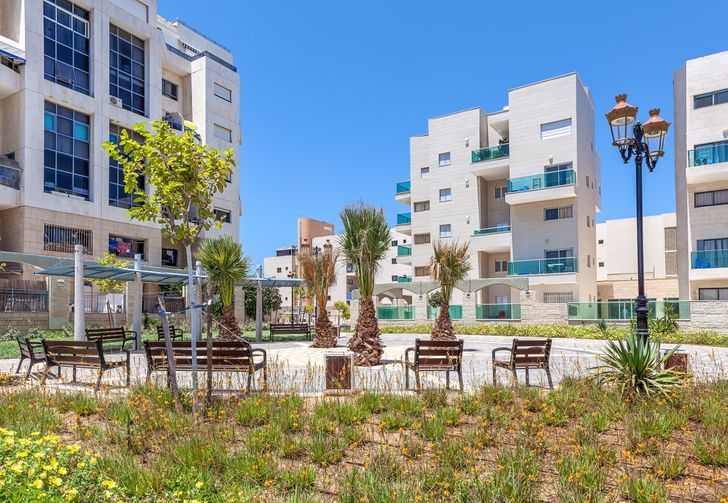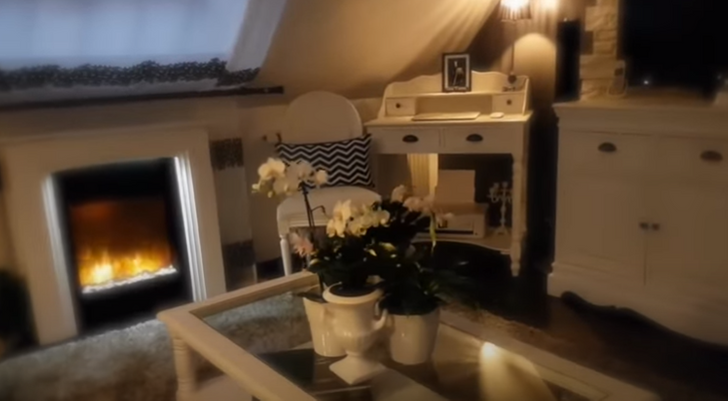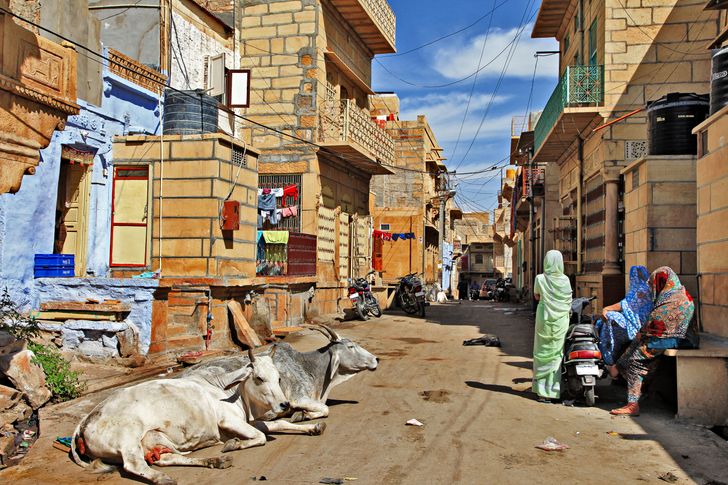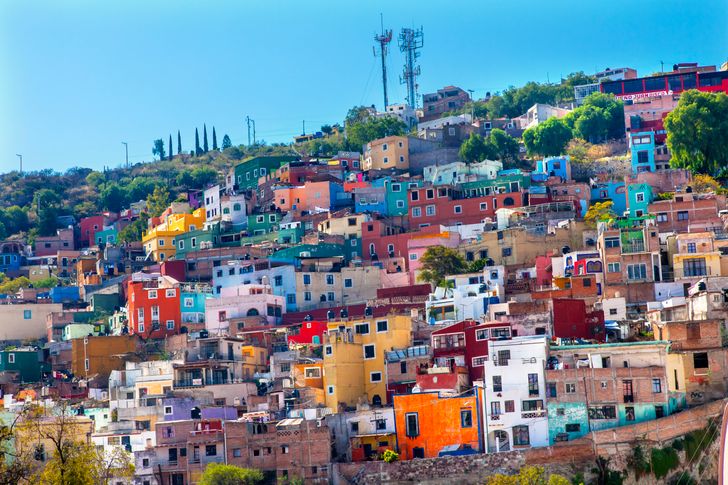It's not just in Korea or Japan, but in India too we have no hallways or separate laundry rooms or driers. I think most asian countries are similar.
9 Peculiarities of Homes From All Over the World That Can Make Tourists Go Mad
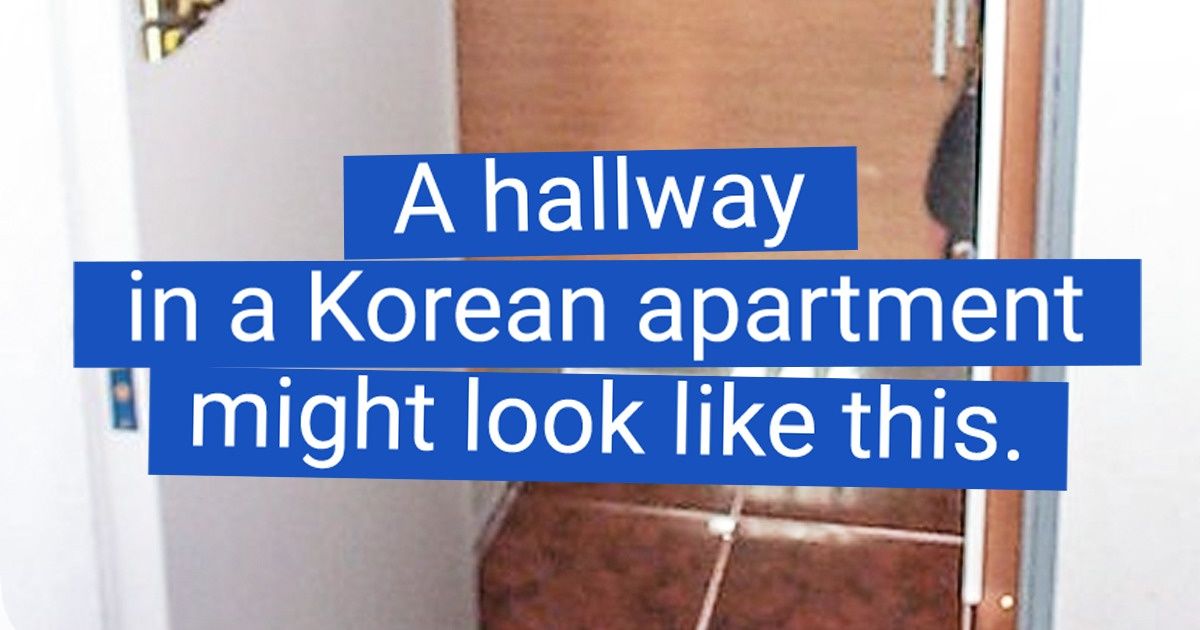
We at Bright Side became interested in the peculiarities that people from all over the world have in their homes. Some nuances seem normal to their owners, but surprise foreigners.
1. There are no hallways in Korean apartments.
Most apartments in Korea, especially the newer ones, are so tiny that they don’t have hallways the way we’re used to seeing them. After opening the front door, residents enter directly into the living room, which is usually joined with the kitchen. The area at the entrance might have a place for a closet or a shoe shelf, but the size of the area itself is very small. In an inexpensive apartment, it can be a small square just inside the front door where people are supposed to remove their shoes. Apparently, not everyone likes this type of layout and that’s why various design solutions are being developed, like in the photo below: in order to create the effect of a separate room, space is fenced off with transparent walls.
2. Scandinavians build eco-houses.
The term “passivhaus” (or “passive house” in English) first appeared in Germany, and Scandinavian countries have happily adopted this invention. The main idea is that the planning takes into account the tightness of the building, energy-saving systems, solar panels, and so on. As a result, the houses use 75% to 95% less energy for heating and cooling and have around 94% less heat-related carbon emissions in comparison to average houses.
3. Dutch people like to show off their homes through huge windows.
People in the Netherlands might suspect foreigners are living in a house if they see thick curtains on the windows. This might partially come from religious beliefs about how honest citizens should have nothing to hide. However, this comes in especially handy during holidays when people want to show off their decorations, like twinkling fairy lights.
4. Marble floors in Italy save residents from the heat.
Many apartments in Italy have marble floors not only in the hallway or in the bathroom, but also in the bedrooms. They may be porcelain, stoneware, marble, or any other “cooling” material. They serve as ACs in hot seasons and help the person living there to get through the summer months in comfort.
5. Balconies in Japan are for laundry.
There are many things in Japanese houses that might seem unusual for Europeans and here is one more. They often place their laundry on the balcony to dry. Not only is it a convenient place to hang wet clothes to dry, but it’s also a good place for dusting mattresses.
6. Safe rooms are popular in Israel.
Houses in Israel may contain a “security room” where one can hide if military actions break out. One of the bedrooms will have fortified walls, a powerful iron interior door, and special impenetrable shutters on the windows.
7. The French believe that it’s prestigious to live downtown, even if the apartments are small.
Apartments in the center of large French cities, especially in Paris, are located in historic buildings, which is why they’re small and not very comfortable. But still, living in the city center is considered to be prestigious, even if one has to sacrifice the size of their living space. In any case, an apartment of any size will probably have a special table for serving an aperitif.
8. The windows in Indian bedrooms have something special.
In India, the windows of the bedrooms where women live often face the courtyard. This makes good use of the day’s light. In this way, workrooms can be well-lit with equal levels of illumination, negating the need for artificial lighting.
9. People in Mexico love bright colors both inside and outside.
Have you ever seen any unusual peculiarities in the homes of other countries? Which ones?
Comments
Related Reads
I Wasn’t Invited to My Son’s Baby Reveal, and It Led to a Painful Discovery

12 Real Stories That Prove Kindness Truly Brings Light After Darkness

I Refused to Let a Mom With a Baby Cut in Line—And Her Answer Was Completely Unpredictable

I Refuse to Let My DIL’s Kids Sleep Under My Roof After Discovering Their Cruel Secret

14 Stories That Prove Kindness Can Turn Regular People Into Heroes

I Refuse to Sacrifice My Social Life Just Because My Wife Is Tired of Being a Mom

I Refuse to Split My Stepmom’s Inheritance With My Stepsiblings, I’m Not a Charity
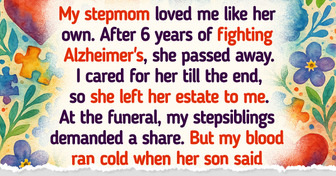
18 Employees Who Saw Their Choices Backfire Hard

I Refuse to Sacrifice My Retirement Dream for My Unemployed Son

My MIL Refused to Believe in My Son’s Gluten Allergy

I Refused My DIL’s Outrageous Diet Demands—I’m Not an On-Call Chef

My Boss Saw Me on the Phone With My Sick Son—Now I’m on Thin Ice

